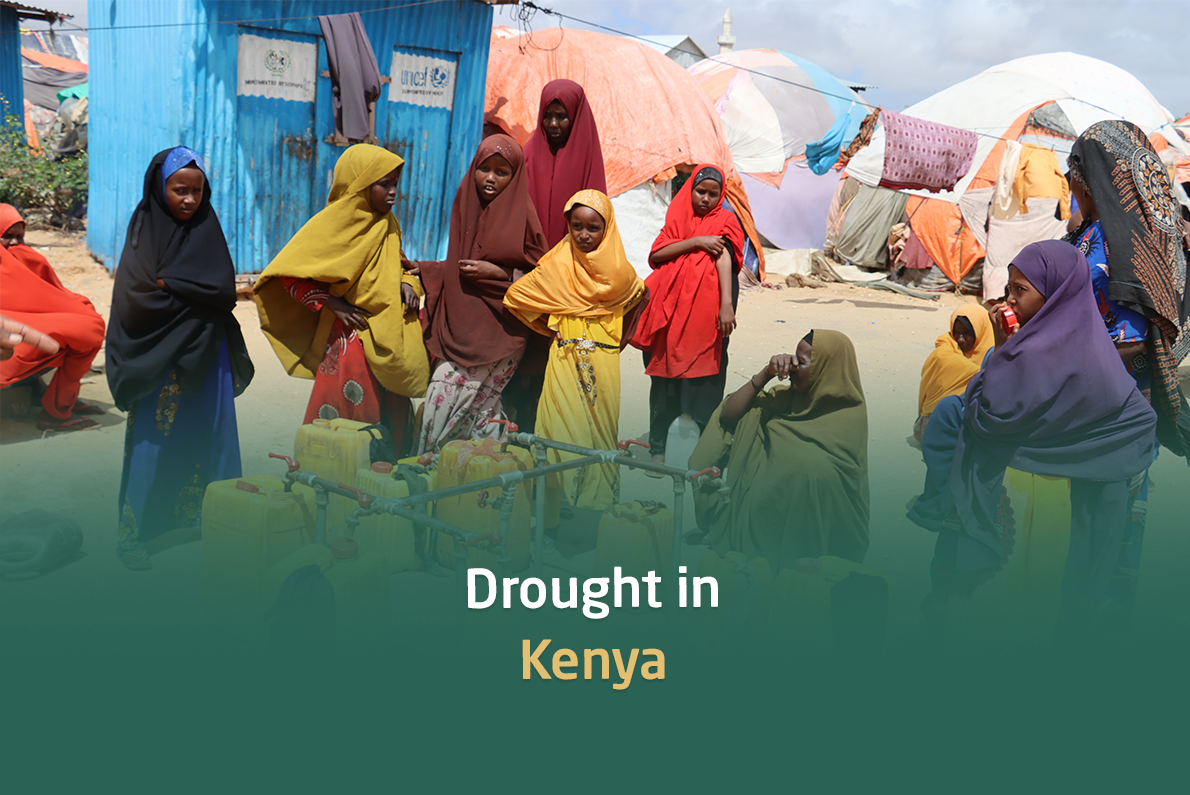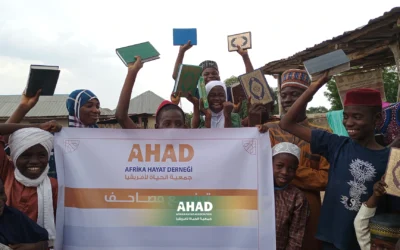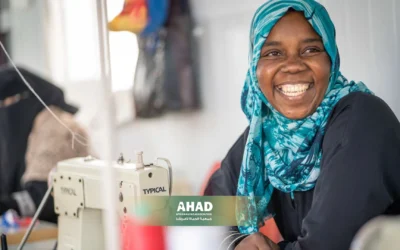Hunger is growing in Uganda
Uganda, like other African countries, is experiencing significant challenges in the face of the growing problem of hunger. Although Uganda has rich natural resources and favorable agricultural conditions, many economic, social and political factors contribute to exacerbating its hunger crisis.
Large areas of the country suffer from food insecurity due to armed conflicts, climatic changes affecting agricultural production, and extreme poverty that prevents families from accessing adequate food. Refugees who have flocked to Uganda to escape conflicts in neighboring countries, such as South Sudan and the Democratic Republic of the Congo, are also putting additional pressure on limited food resources.
International organizations and the Ugandan government are working together to try to alleviate this crisis through food aid programs, improving farming techniques, and supporting local farmers. Despite these efforts, there is still a long way to go to ensure sustainable food security in Uganda.
Understanding the reasons behind the expansion of hunger in Uganda is a first step towards finding effective and sustainable solutions to this humanitarian crisis.
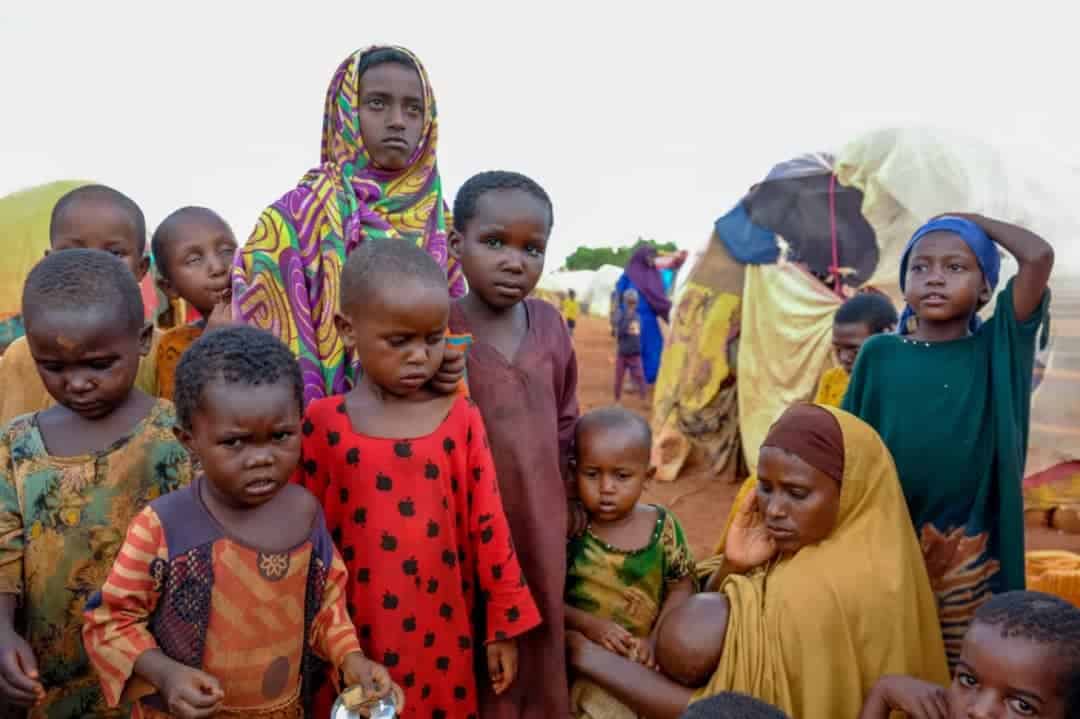
Hunger is growing in Uganda
The main reasons for the expansion of hunger in Uganda
Armed conflicts and political instability
A. The influx of refugees:
Conflicts in neighboring countries, especially South Sudan and the Democratic Republic of the Congo, have forced thousands of refugees to flee to Uganda in search of safety. This large influx of population puts enormous pressure on the country’s limited resources, including food, water and health services. Refugees often arrive without resources, increasing the burden on host communities and leading to competition for available food.
P. Internal conflicts:
Some areas in Uganda are experiencing internal conflicts, whether as a result of tribal or political tensions. These conflicts disrupt agricultural and commercial activities and lead to population displacement, making access to food more difficult. Conflicts also destroy agricultural infrastructure and lead to the loss of crops and livestock.
Climate changes and natural disasters
A. Drought:
Uganda suffers from frequent droughts, which lead to a significant shortage of water for agriculture and grazing. Drought can destroy crops and lead to the death of livestock, weakening food security and increasing hunger rates.
P. Flooding:
Frequent floods damage agricultural lands, destroy crops and infrastructure. Floods can lead to soil erosion and loss of necessary nutrients, which reduces the fertility of the land and negatively affects agricultural productivity.
C. Unpredictability of seasons:
Changing rainfall patterns make it difficult for farmers to plan planting and harvesting seasons. This climate change creates uncertainty that leads to fluctuations in agricultural production and food supply.
Poverty and lack of economic opportunities
A. Low income:
Many Ugandan families live in extreme poverty and cannot afford adequate food. Low incomes mean that families are forced to reduce the quantity and quality of food, which leads to malnutrition and hunger.
P. Unemployment:
High unemployment, especially among young people, means that many people do not have stable sources of income. This difficult economic situation makes it difficult for families to secure their basic needs including food.
C. Dependence on traditional agriculture:
Most rural households in Uganda rely on traditional agriculture, which lacks modern technology and advanced agricultural knowledge. This leads to low productivity and the inability to fully utilize the land.
Poor infrastructure
A. Transportation:
Poor infrastructure, such as unpaved or deteriorated roads, leads to difficulty in transporting agricultural products from farms to markets. This increases crop losses and contributes to higher food prices due to higher transportation costs.
P. Storage:
The lack of proper storage facilities means that a large part of the crops spoils before they reach the markets. Insufficient storage leads to loss of resources and increases the suffering of hunger.
C. Agricultural facilities:
The lack of access to modern agricultural facilities such as irrigation systems and Fertilizers hampers the ability of farmers to increase agricultural productivity. Poor agricultural infrastructure leads to a decline in the quantity and quality of crops produced.
Unequal distribution of resources
A. Geographical distribution:
Resources vary greatly between the different regions of Uganda. Urban areas are often better resourced compared to rural areas, resulting in significant disparities in levels of food security.
P. Socio-economic discrimination:
Vulnerable and marginalized groups, including women, children and the elderly, suffer more from food shortages due to socio-economic discrimination. These people are often the least able to access food resources and basic services.
The widening of hunger in Uganda is the result of a complex interaction between armed conflicts, climate change, poverty, poor infrastructure, and uneven distribution of resources. To fully understand and effectively address this problem, these factors must be considered in combination and work to develop comprehensive and sustainable solutions that enhance the country’s ability to achieve food security.
Proposed solutions to address hunger in Uganda
Promoting sustainable agriculture
A. The use of modern agricultural technologies:
Encouraging the use of modern technologies in agriculture such as precision farming, drip irrigation, and improved fertilizers can significantly increase agricultural productivity. These technologies help farmers improve the efficiency of using natural resources and increase crop productivity.
P. Development of crops resistant to climate changes:
Research and development in the field of agriculture can lead to the production of drought-and flood-resistant crops. These crops can thrive in changing climatic conditions, ensuring the availability of food even in difficult times.
C. Technical support and training:
Providing training programs to farmers on best agricultural practices and the use of modern technologies can enhance their ability to increase productivity. Cooperation with universities and research institutions for the transfer of knowledge and the development of agricultural skills is an important step in this direction.
Infrastructure improvement
A. Development of transport networks:
The improvement of roads and transport infrastructure facilitates the transportation of agricultural products from farms to markets, which reduces losses and contributes to reducing transportation costs. Investing in rural infrastructure enhances market access and increases agricultural yields.
P. Construction of modern storage facilities:
The establishment of improved refrigerated storage facilities helps to preserve crops and reduce losses. These facilities ensure that food is stored safely and well, which increases its shelf life and ensures its availability throughout the year.
C. Development of irrigation systems:
Investing in modern irrigation systems such as drip irrigation and sprinkler irrigation helps in improving water use efficiency and increasing agricultural productivity. Such systems reduce the impact of drought and ensure even and efficient irrigation of crops.
Strengthening international partnerships
A. Increased financial support:
Strengthening cooperation with international organizations and donors can provide the necessary funding for food and development programs. This financial support can be used to improve agricultural infrastructure, provide food assistance, and implement training and awareness programs.
P. Food aid programs:
Work with humanitarian organizations to provide immediate food assistance to the families most affected by hunger. This assistance can be in the form of food distribution or the provision of food vouchers that allow families to buy food from local markets.
C. Sustainable development projects:
Encouraging partnerships focused on sustainable development projects such as renewable energy projects and sustainable agriculture can help create a stable economic environment that contributes to the fight against hunger in the long term.
Education and training
A. Nutrition awareness programs:
Implementing awareness and education programs on the importance of proper nutrition and best dietary practices can reduce malnutrition rates. These programs should target rural families and poor areas in particular.
P. Farmer education:
Providing educational programs to farmers on the use of modern agricultural techniques and sustainable farming methods can enhance their abilities to increase agricultural productivity. Continuing education and training can help transfer knowledge and improve skills.
C. Support of public education:
Improving the quality of public education and ensuring children have access to schools can help break the cycle of poverty. Quality education opens up new economic opportunities and enhances the ability of families to secure their food needs.
Improving government policies
A. Agricultural policies:
Develop government policies that support sustainable agriculture and provide incentives for farmers to use modern technologies. Policies should include financial support, soft loans, and tax breaks.
P. Food security:
Develop national food security plans and strategies that cover all regions and ensure an equitable distribution of resources. The government should work to improve coordination between the various stakeholders and provide the appropriate legal framework to support the efforts made.
C. Environmental Protection:
Adopting policies aimed at protecting the environment and minimizing the impact of climate changes can contribute to the sustainability of agricultural production. Environmental policies should include water resources management, combating desertification, and promoting organic agriculture.
The problem of hunger in Uganda is a complex challenge that requires a comprehensive and multidimensional approach. By promoting sustainable agriculture, improving infrastructure, strengthening international partnerships, investing in education and training, and developing government policies, Uganda can make tangible progress in fighting hunger and ensuring food security for its citizens. Joint action and cooperation between the government, civil society, and international actors is the key to achieving a better and more food-secure future for Uganda.
The role of AHAD in addressing the hunger crisis in Uganda
AHAD works in the heart of the African continent, especially in the countries of Central and West Africa, looking forward to improving the quality of life of the poor and disadvantaged in those regions through its projects in the fields of health, education, water and economic development. AHAD plays a vital role in addressing the hunger crisis in Uganda thanks to its integrated and sustainable strategies.
AHAD is aware of the unique nature of the communities it works with, and has therefore chosen strategies that enable it to benefit from the skills and capabilities of these communities. The organization relies on strengthening the participation of local communities, increasing their impact in achieving sustainable development. By empowering individuals, AHAD contributes to building communities that are able to meet their nutritional needs.
AHAD adopts the motto” because she deserves life”, and works hard to realize this motto in every project she undertakes. The organization’s projects include providing basic needs such as food and water, improving the quality of education, and promoting economic development. These diverse projects directly contribute to the fight against hunger by improving living conditions and strengthening the economic independence of individuals.
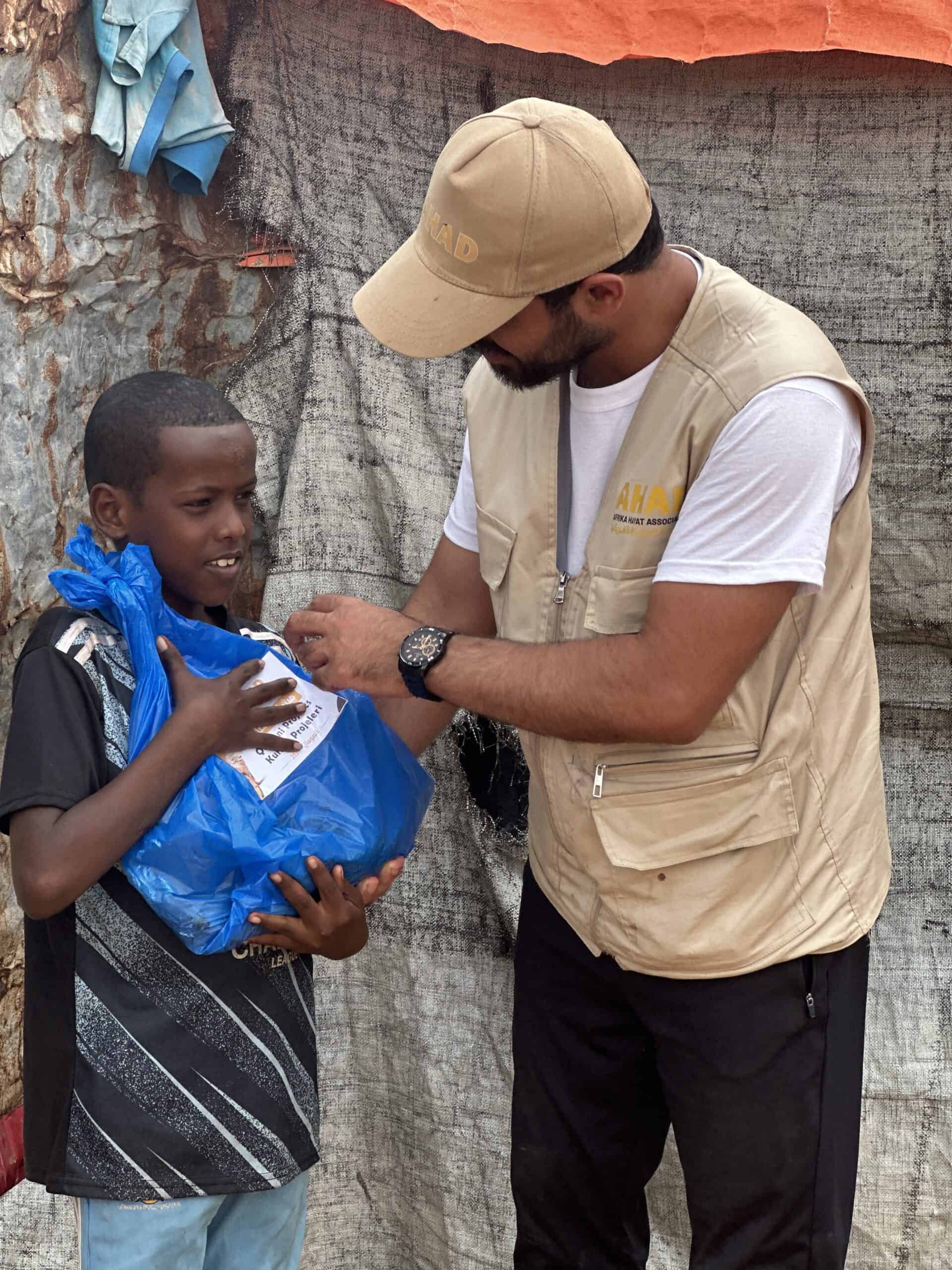
You can visit the AHAD website to find out more about the projects it offers
ALSO READ
WHAT THE FOOD BASKET CONTAINS IN AHAD
Join us in our message

